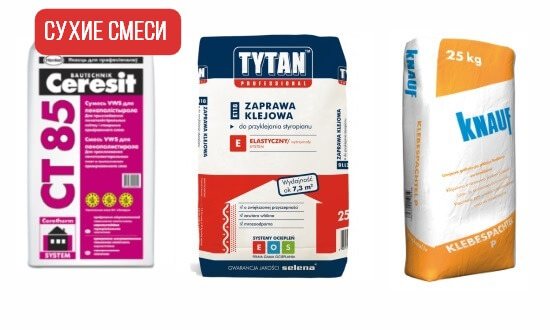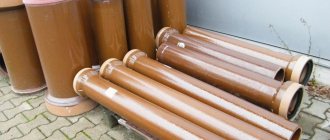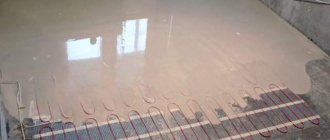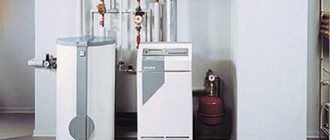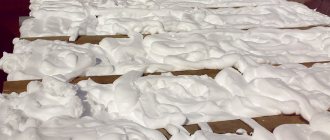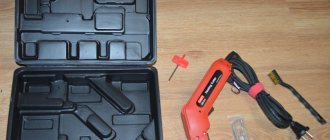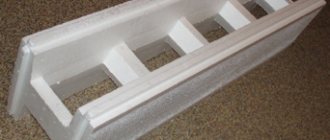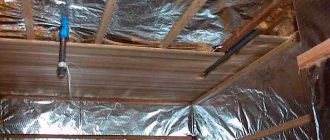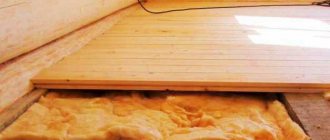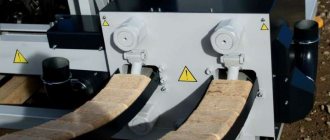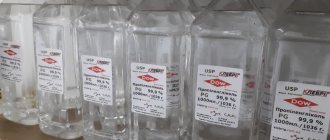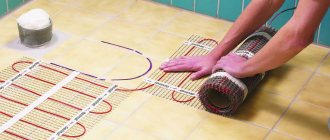Mounting methods
Experts use different methods for attaching foam.
- Glue method.
This is a quick and convenient way of fastening. It is enough to choose the right adhesive and then apply it to the insulation. According to the initial state, adhesives are divided into types:
- dry mixes - bulk materials packaged in bags. They contain cement with binders. To prepare the glue, it is enough to dilute the solution according to the instructions;

- liquid formulations are always ready to use. These include the "liquid nails" adhesive and cheap PVA glue. If PVA glues foam plastic well to metal surfaces, then "liquid nails" glue different materials, however, glue is very expensive, therefore it is used on small surfaces;

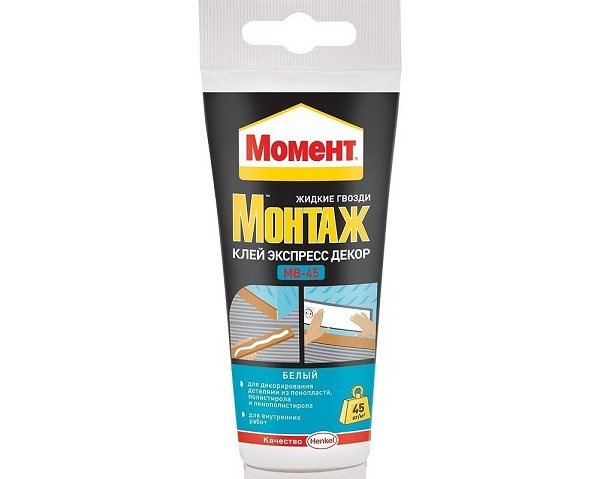
- foam - this type includes special adhesives designed for foam. First of all, these include:
- Polyurethane adhesive with good adhesion to foam. It is packaged in spray cans, therefore it is used with a special pistol.

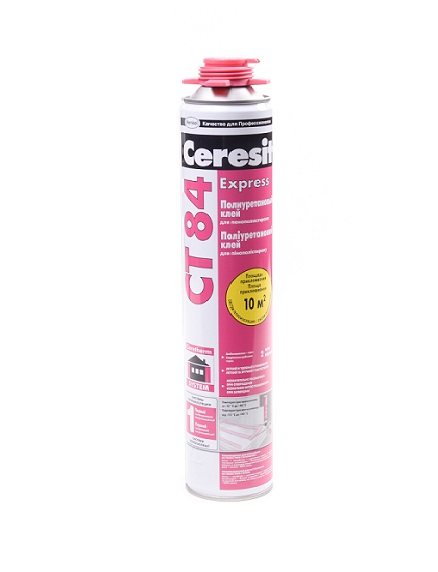
- Adhesive - foam provides reliable adhesion to various materials. The special gun makes the glue easier to use.

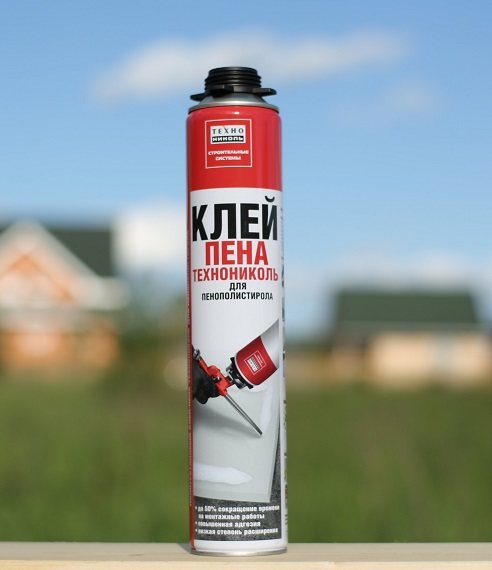
- Fastening method.
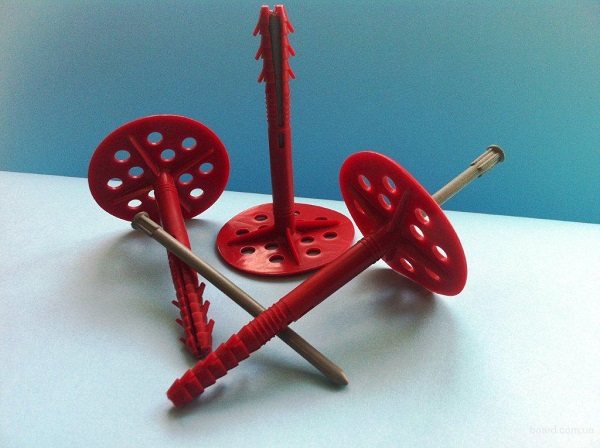

Dowels with a wide head are intended to strengthen the fastening of the slabs. They are used for external wall insulation, as well as with increased load on the heat insulator.
There are several types of dowels, but all necessarily have a sleeve, a core and a wide head. If the dowel is hollow, a nail or screw is used in the spacer zone. The plate is fastened at the corners and in the center. Compared to gluing insulation, this method is more time consuming.
- Combined method.
The simultaneous use of two methods of fastening the insulation allows you to achieve high quality styling. The adhesive composition insulates the surface from external influences, and the dowels increase the reliability of the fastening.
Video instruction:
Varieties of glue
The glue mass should allow the boards to re-glue, in case of uneven gluing or a decrease in the gap.
The product must be suitable for different planes, as there may be transitions from the concrete base to the plaster on the ceiling (when leveling the ceiling). The issue of security is also being considered. Since the boards are mainly glued in residential premises, a substance with pungent odors and toxic compounds is not considered.
Universal
It is better to glue the ceiling tiles with a universal compound, it is made from modern polymer compounds on improved equipment. It is this type of glue that allows you to clad the ceiling of different surfaces with foam plates.
Universal products have sufficient consistency to speed up the gluing process, but complete drying takes a long time.
But it is worth considering that the product has a pungent odor, therefore, during the work, the room must be constantly ventilated. But this is not always possible, as it may be winter outside or a room with no windows.
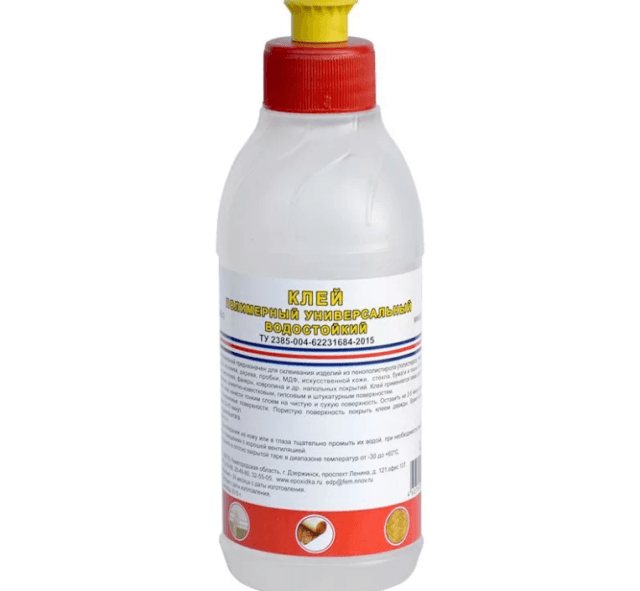

Liquid Nails
You can glue foam ceiling tiles on liquid nails. When using a cylinder with a mounting gun, nails are applied in a metered dose, evenly, which makes it possible to economically use the product.
Installation with liquid nails is quick. The mass allows you to hide some irregularities. If you apply the substance further from the edge, then the glue will not protrude excessively.After completely gluing the tiles, you can walk with this tool along the seams.
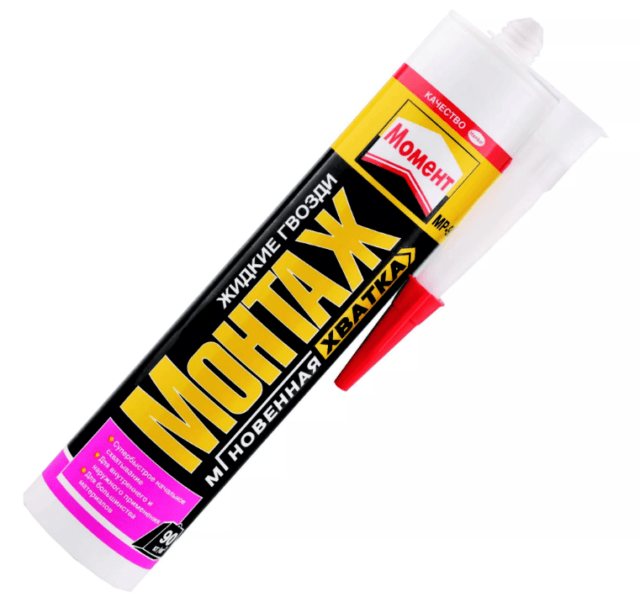

Polyvinyl acetate
Polyvinyl acetate formulations are known as PVA or Bustilate. The positive feature is the absence of an unpleasant, pungent odor, ready for use.
- High consumption, since the mass is applied to both glued surfaces.
- The worst adhesion affects the total time of the cladding, moreover, it is difficult to hold the slab with an outstretched hand.
It is not worth buying it if a large area is glued.
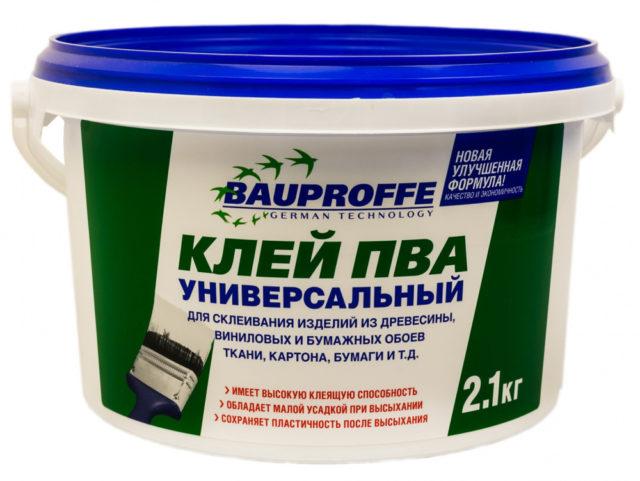

Acrylic putty
Everyone pays attention mainly to glue mixtures, and acrylic putty remains on the sidelines, although this is an excellent option for gluing foam tiles.
The dry mixture is mixed with water to a thicker consistency than it is used for conventional puttying. The mass is thick and viscous, which simplifies the procedure for installing the product on the ceiling.
The prepared mixture is applied to the ceiling, then a foam element is applied. There is still time to adjust it.
Protruding between the tiles, the putty performs the functions of a grouting material, hides the gaps.
Excessively protruding product can be easily removed with a damp cloth.
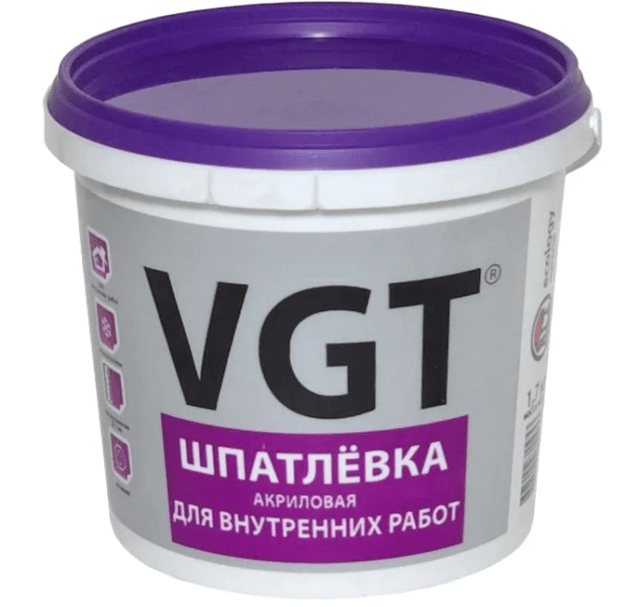

Fastening to concrete and brick walls
Often, for the insulation of concrete and brick walls, a special crate is made, which holds the foam plates. Unfortunately, it is not always possible to install it, and besides, there are additional costs. In practice, other fastening methods are in demand.
- With an adhesive.
This method has its own peculiarities. Firstly, individual components of the adhesive can destroy the foam, and secondly, not every stickiness of the adhesive will bind the foam to concrete and brick.
Fastening of insulation boards is carried out in a certain sequence:
- the surface is leveled, then mud and oil deposits are removed from it;
- the components of the glue are connected according to the instructions. The resulting composition should not contain water, then it will not peel off for a long time;

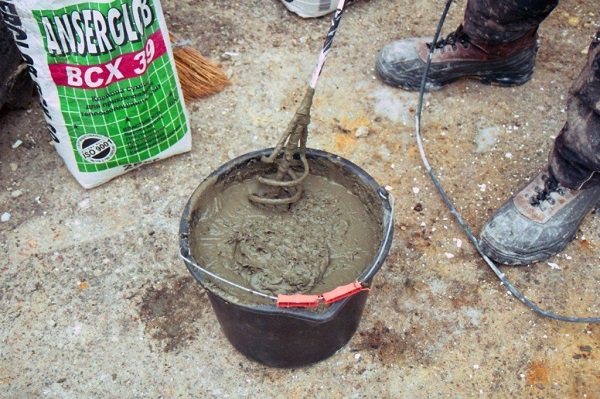
- the adhesive is laid on the plate in separate sections so that there is space for air to escape;

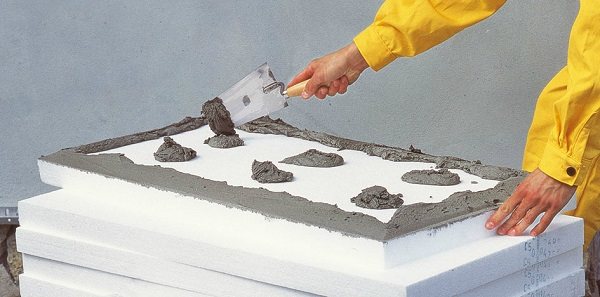
- the insulation is pressed and held.
- With dowels.
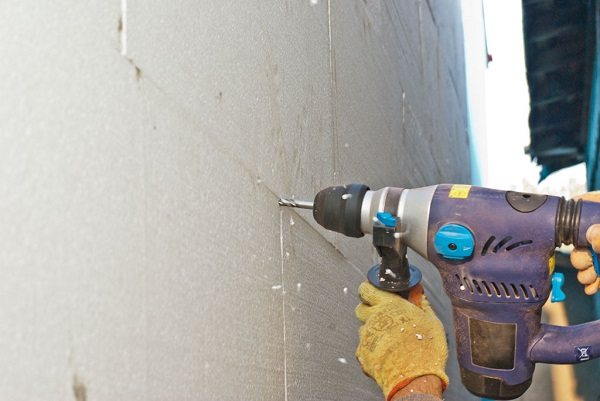

For fixing the slab, its center and corners are selected. Joints for better thermal insulation are treated with sealants.
Slabs in the bottom row are attached first. Deformation gaps are left between all the slabs, which ensure the stability of the coating against temperature changes in the environment.
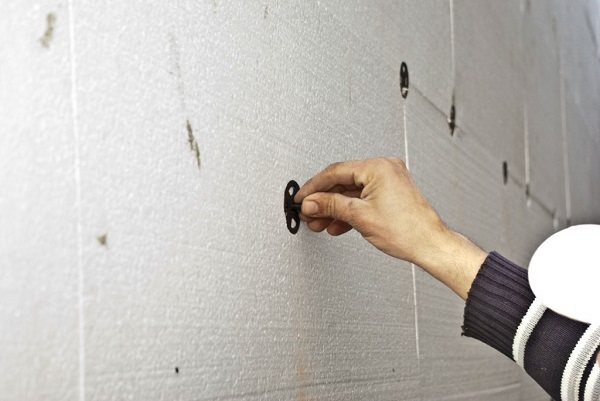

- Using an adhesive composition "liquid nails".
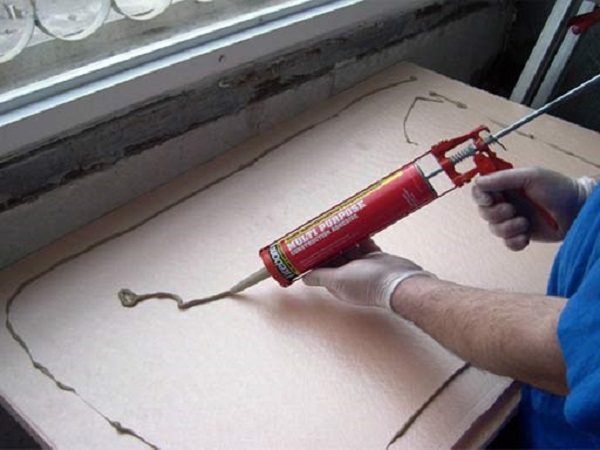

The composition is characterized by high heat resistance and moisture resistance. It has features of use:
- to protect against the toxic component of the glue, you must use special gloves;
- the adhesive is applied only at individual points;
- hardening time no more than 30 minutes.
- With adhesive foam.
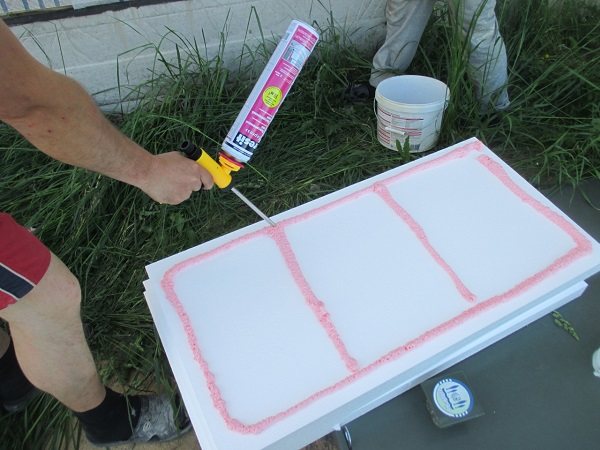

This method is characterized by simple installation, good adhesion to concrete and brick, and low cost.
When using foam, the surface does not need to be primed. It is enough to clean and moisten it.
The adhesive is used for processing foam or wall. After a short curing, the plates are staggered.
Method number 4. Fastening with foam
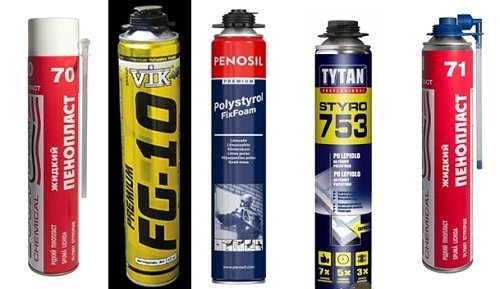

This is a fairly popular way of attaching styrofoam. It is not ordinary polyurethane foam that is used, but special foam-glue for polystyrene.
This material has several significant advantages, which is why it is often preferred:
- Very quick and easy installation.
- The adhesive bonds the foam very strongly to the concrete surface.
- Low cost of glue.
- Foam adhesive can be used to seal the seams between the sheets.
- Assembly gun for applying glue.
Depending on the area of application, there are several types of foam glue:
- Foam for the foam block. This glue has the highest strength characteristics, it can even be used instead of masonry mortar.
- Foam glue for polystyrene. It is used for internal heat-insulating works, it is resistant to fire. Among the disadvantages - it does not work well on smooth surfaces.
The foam used to attach the foam is inexpensive and has little retention. Nevertheless, with the help of this glue, you can fix a sheet of foam plastic on almost any surface - from wood to concrete and metal. It is only necessary to clean and slightly moisten the surface before use to improve adhesion. Glue-foam is applied to the wall or foam in small spots, preferably in a checkerboard pattern. After that, you need to wait a little and press the foam firmly against the wall. The time is kept so that the glue is slightly absorbed. Work with the use of foam glue is carried out at a temperature not lower than 20 degrees Celsius. In the process of work, you should not arrange long smoke breaks, since the foam in the assembly gun quickly hardens.
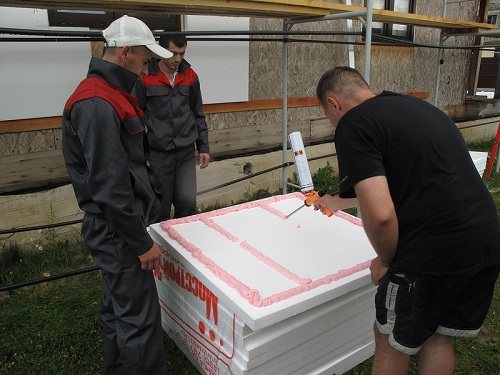

If excess foam begins to appear at the joints between the foam sheets, they must be removed immediately with a special solvent.
You can also glue polystyrene foam with polyurethane foam. But it will take much longer to work with ordinary foam, in addition, it swells up a lot, which can lead to deformation of the foam and divergence of the seams.
Fastening to a tree
Styrofoam is attached to the tree in different ways.
- It has long been known that wood must "breathe", otherwise rot will appear. Only due to the flow of air, the tree retains its characteristics for many years.
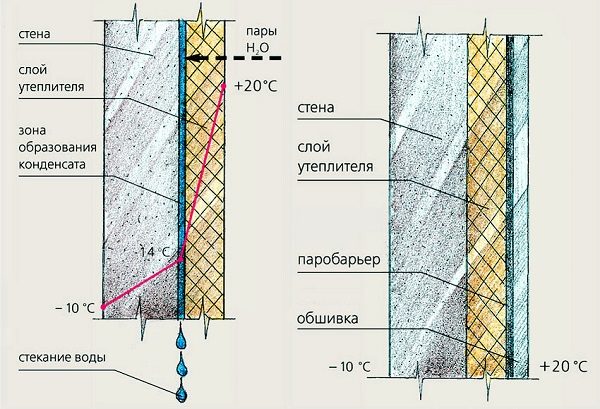

To protect the wooden wall from decay, the foam is laid with a ventilation gap. For insulation, a crate is made of wooden bars. Plates are inserted between the bars. A vapor barrier made of foil foil protects the insulation from condensation.
- Special metal nails are able to securely hold the slabs on wooden surfaces. Unfortunately, cold bridges appear at the attachment points, so a high-quality putty is required.

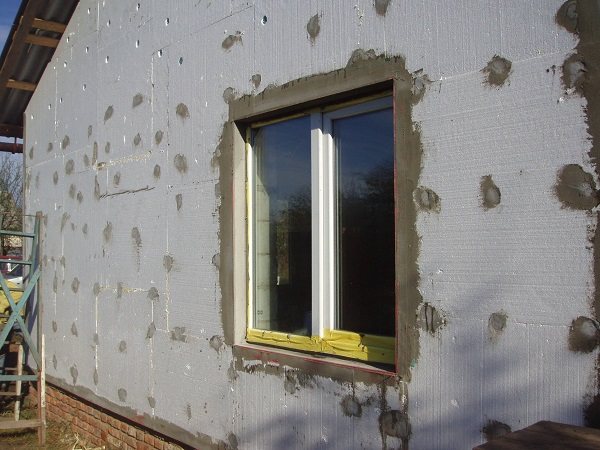
When instead of metal nails are used plastic fungi, then the thermal insulation of the slabs is improved.
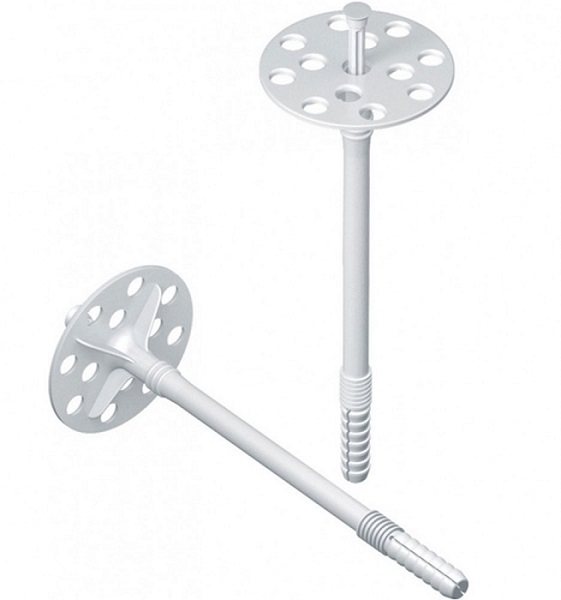
- Fastening with adhesives is simple and reliable. The main thing is to choose the right glue that is resistant to changes in ambient humidity and temperature. A mortar containing cement and glue has proven itself well.
Linoleum
It is very convenient and reliable to fix linoleum on the concrete floor with glue. How to glue linoleum to concrete, the store managers will tell you where the flooring will be purchased. Linoleum manufacturers strongly recommend buying glue with it.
Usually, linoleum is fixed to concrete with mastic. Its advantages:
- You can choose the right quality, in accordance with the type of linoleum. The fabric base of linoleum requires the use of dispersion glue, and in the absence of a base, synthetic mastic is used.
- The compositions of all adhesives have excellent characteristics in terms of waterproofing properties, strength, and water resistance.
- Resistant to environmental influences.
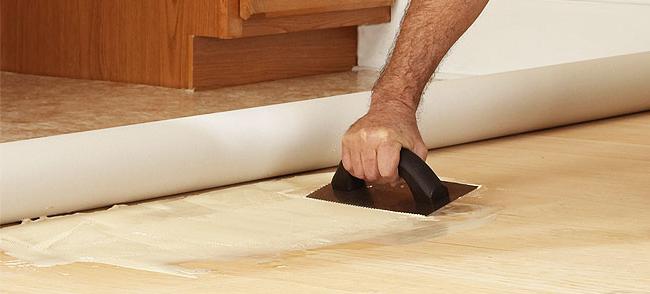

In addition to their composition, mastics also differ in purpose. There is a mastic for fixing, which has increased stickiness and economical consumption, and for continuous gluing, one that should be applied to the floor in an even layer over the entire area is suitable. The thickness of the layer depends on the brand of mastic.
Fastening to metal
In the course of insulation work, it may be necessary to attach it to metal surfaces. There are several convenient ways.
- Familiar to everyone PVA glue is a good adhesive for metal and foam.
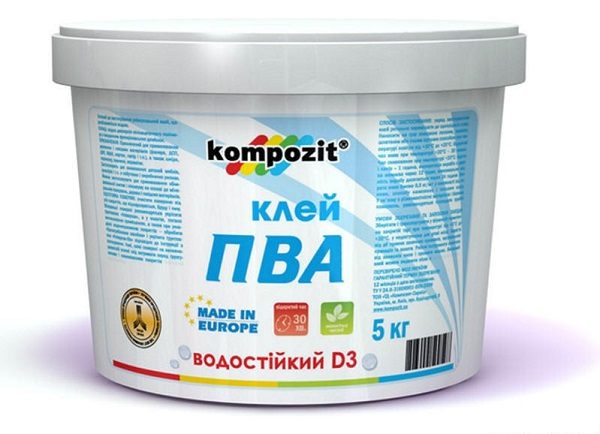

First of all, the burlap is impregnated with an adhesive.After that, it is glued to the metal, and insulation plates are laid on it.
- Polyurethane foam has good adhesive properties. Adhesion to metal is not very strong, but it lasts a long time.
Foam glue
The peculiarity of polyurethane foam is its very fast setting, which takes place within ten minutes. One can of foam glue is enough to cover an area of 10 m2 with insulation, which is equivalent to 25 kg of an ordinary mixture.
Popular compositions of this group:
- Tytan Styro 753;
- Technonikol;
- Ceresit CT 84.
The foam must be applied to the thermal insulation, stepping back from the edges by about 10 cm, and also along the diagonal of the slab. After that, the insulation must be placed on the wall. The same foam or joint sealant is placed in the gaps remaining between the slabs.
High-quality adhesion of the material can be achieved if the surface is carefully prepared for applying the composition.
Foam glue is a one-component composition that is sold in cans. In consistency and method of application, it resembles the well-known polyurethane foam - it is applied to the surface with a special gun. After some time, the composition slightly increases in volume and solidifies.
Since both materials are similar, many beginners are interested in the possibility of using polyurethane foam instead of glue, which is cheaper. You can glue the extrusion polystyrene or penoplex of the latter. Plates fixed in this way will even be able to withstand some pull-off load. But it is not worth using polyurethane foam instead of glue for the following reasons:
- The adhesive contains special additives that improve adhesion. Therefore, foam glue glues the plates several times more reliably.
- Polyurethane foam increases greatly in volume. When installing a penoplex, such a quality is unacceptable.
Therefore, you should not try to save on glue when insulating houses with extruded polystyrene foam. All attempts to use polyurethane foam for these purposes eventually lead to insulation peeling or other problems.
Ceiling mount
The main condition for such an attachment is the high-quality preparation of the ceiling, which includes cleaning from whitewash and dirt, as well as laying electrical wiring.
The foam is attached in one of the following ways:
The lathing or frame for the ceiling is made of wooden blocks. In order not to cut the slabs, it is recommended to form the size of the crate cells to the size of the sheets.
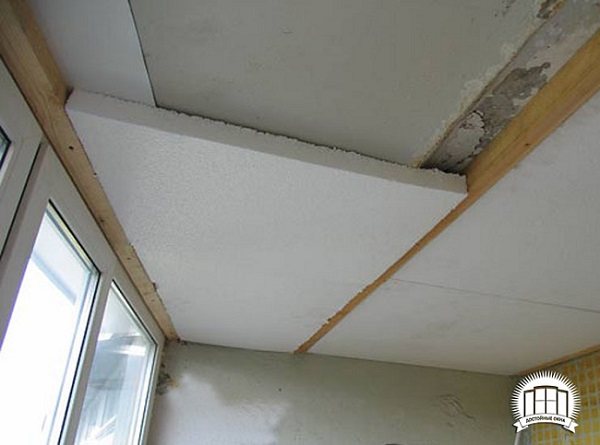

Inside the cells, foam is attached with glue or fungi. All gaps are sealed.
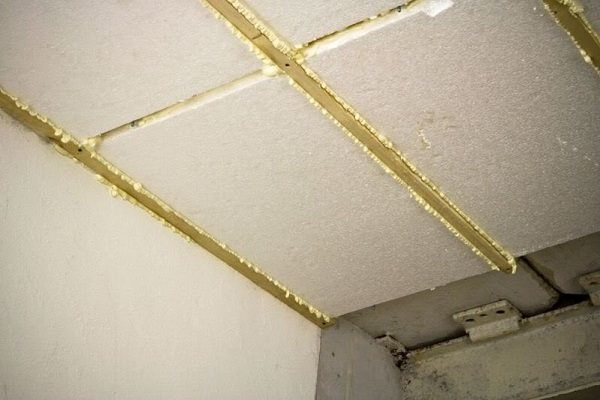

We seal the gaps with polyurethane foam
On top of the insulation, a vapor barrier film is applied, which is held on the crate.
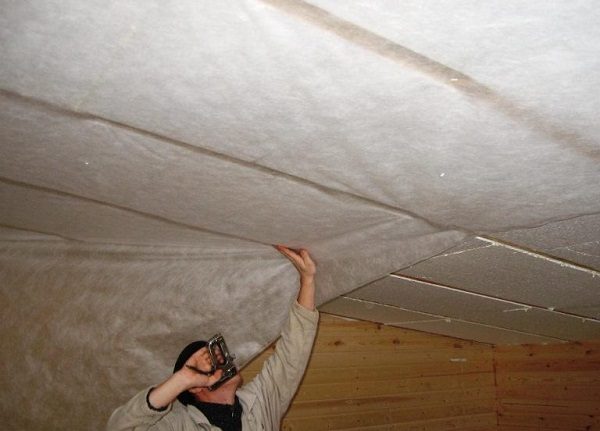

At the final stage, plasterboard sheets are attached to the ceiling.
This method is much cheaper than the one discussed earlier. The main thing is to choose and prepare the adhesive composition correctly.
When preparing the surface of the ceiling, in addition to cleaning, it is coated with a disinfecting solution and soil. When it is not possible to completely remove the whitewash, then the entire ceiling is covered with an adhesive.
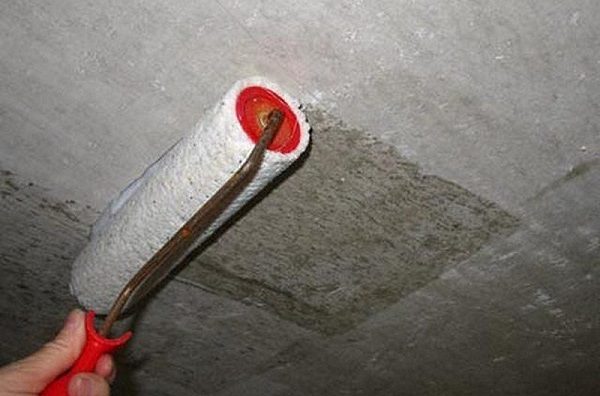

Glue is applied to the board in broken lines. Slabs are laid from the middle of the ceiling with a shift.
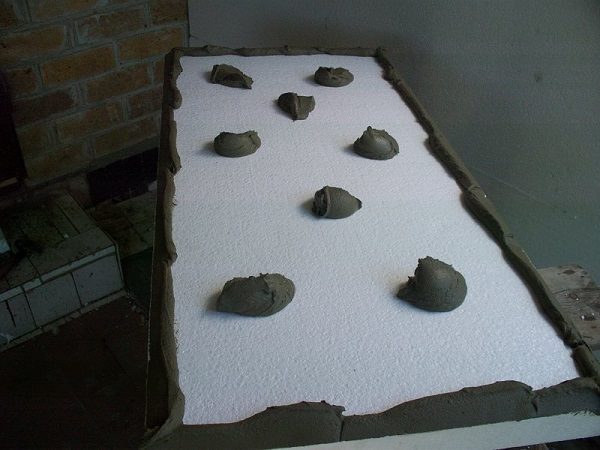

Dowels are used for additional fastening.
On top of the laid insulation, a reinforcing mesh is attached, which is then putty and processed.
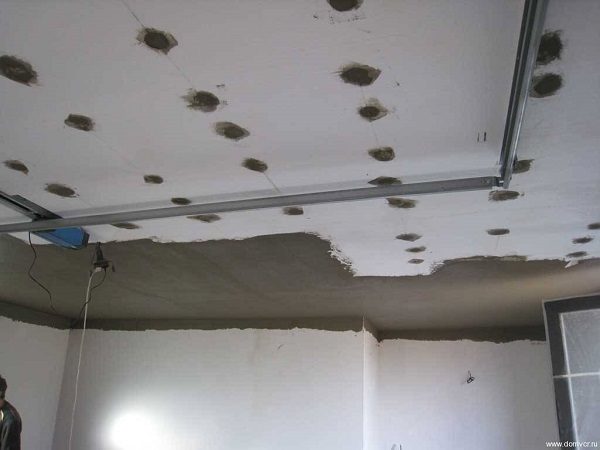

Bonding with liquid nails
Another alternative way to glue polystyrene sheets. Only suitable for flat concrete surfaces. The offer of liquid nails is extensive, so it is advisable to familiarize yourself with their purpose, conditions of use and operation indicated on the package. Compositions are created for various pairs of materials to be glued, including for a pair of expanded polystyrene - concrete. This product is a polymer paste-like composition with added components that improve the adhesive properties.
Fastening with liquid nails.
Thanks to this, liquid nails are stronger than powder adhesives, they harden even at high humidity. However, there is a significant disadvantage - the compositions are poisonous, so you should work with gloves. Such adhesives are packaged in oblong tubes, which are inserted into assembly "pistols". The benefits of using them include:
- highest bond strength of materials;
- heat resistance;
- small technological consumption;
- complete hardening of the joint within 24 hours;
- frost resistance;
- efficiency and ease of installation;
- odorless and short setting time (20 to 40 minutes).
The latter increases the complexity of the work when the slabs are to be fixed to the ceiling (equipment, patience and skills will be required). The composition will firmly adhere polystyrene foam when the concrete surface is leveled, cleaned and dried. The substance squeezed out of the tube by the "pistol" is located on the foam plastic in a small volume at several points, and not over the entire area of the sheet, as, for example, in the case of applying polyurethane foam. The boards should be glued, ensuring the pressure over the entire surface for a sufficiently long time so that liquid nails set. Then the seams between the sheets are treated with polyurethane foam (sealant).
Indoor mounting
Indoor insulation is a simple process, so it can be done on your own. In order for the fastening to be of high quality, work with foam is performed in a certain sequence.
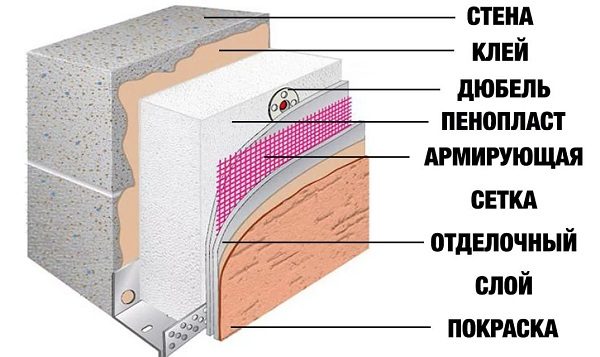

- The surface of the walls, insulation and adhesive are being prepared. The walls must be flat, free from cracks and delamination. Styrofoam is easily cut with a hacksaw or a sharp knife. A dry mixture or glue-foam in cans is used as an adhesive.
- The finishing of windows and doors is dismantled. Subsequently, higher-quality finishing elements are installed.
- The adhesive is applied along the edges of the board, in the center and at the ends.

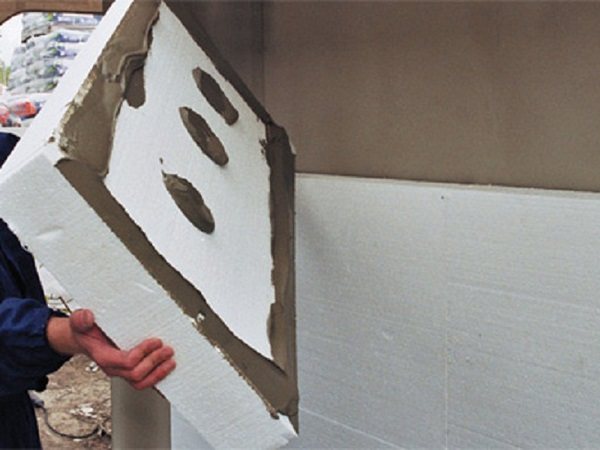
- Fastening slabs to walls is done in one of the following ways:
- in rows - insulation with a shift is laid in rows around the entire perimeter of the room;

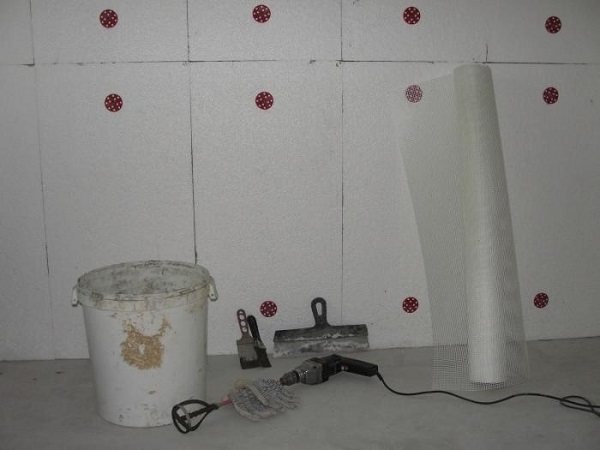
- pyramid - the first row is laid along the perimeter of the room, and then the corners are laid in the form of a pyramid.

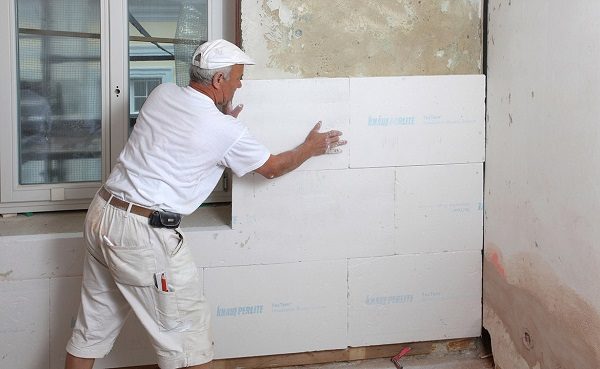
- A spatula removes the layer of glue squeezed out of the joints of the plates.
- The surface of the insulation is covered with an assembly mesh, and plaster is made.

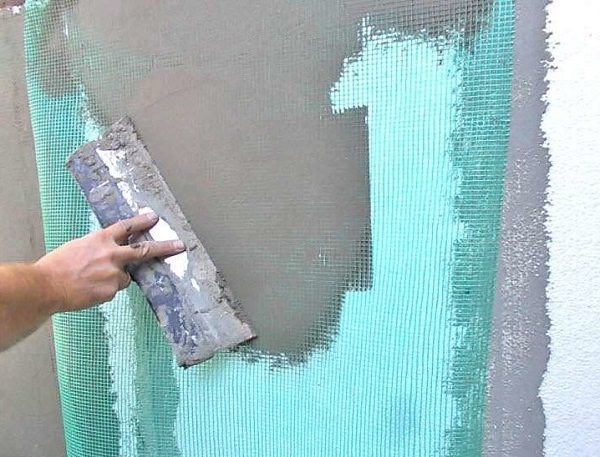
We glue the styrofoam to the facade
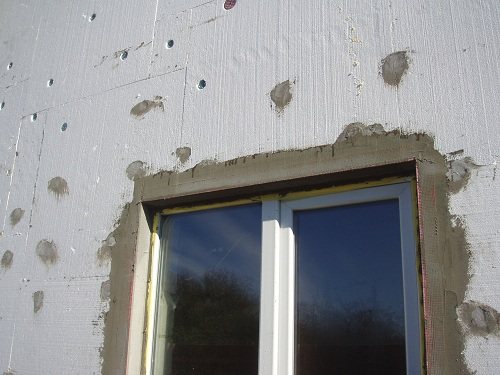

Fastening foam on the outside of the building has a number of significant differences from internal work. Let's consider the option of fastening using Ceresit products in the idea of step-by-step instructions.
step one. foundation preparation
We clean the base, if necessary, remove pieces of plaster or other coating, clean and prime the damaged areas. If there are irregularities in excess of one and a half centimeters, they must be eliminated using the Ceresit CT-29 mixture. If the surface has poor adhesion properties, it must be thoroughly primed with Ceresit CT-17 deep penetrating mixture.
step two. we attach the profile to the base
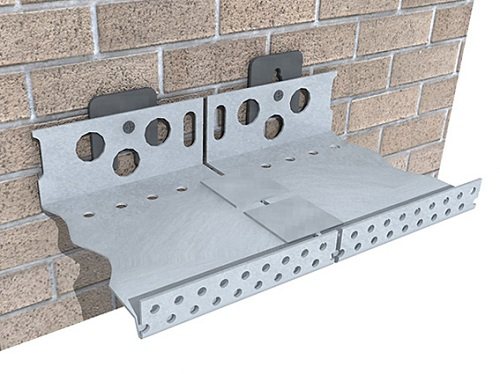

The width of the profile should be equal to the thickness of the foam. In the basement of the building, a starting profile is installed along the entire perimeter. They fix it with dowels, which are located at a distance of about 40 centimeters.
step three. apply glue, fix foam plates
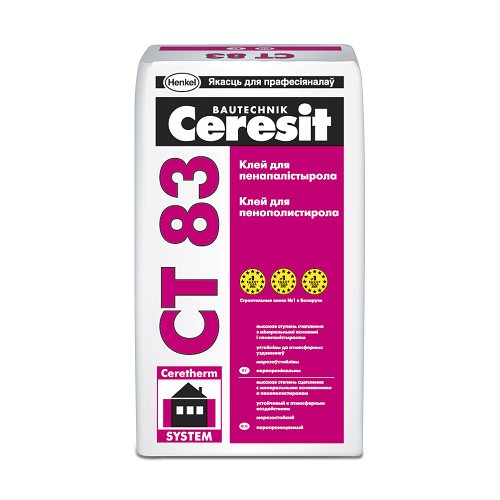

Ceresit CT-85 adhesive solution is used both for fixing insulation and for creating a protective layer. But this mixture is quite expensive, so from a financial point of view, it is more profitable to use Ceresit-83 glue.
After the glue is prepared, it is applied to the foam sheet with blotchy spots. The polystyrene is pressed against the surface, carefully exposed, gently pressing on the corners of the sheet.
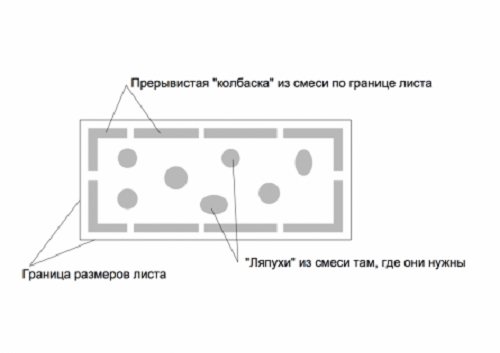

How to glue foam slabs
To increase the efficiency of insulation, it is enough to glue the plates together. In this case, the correct choice of glue is of great importance. It should not contain components that destroy the foam. These include:
- solvents containing acetone;
- gas and oil products;
- alcohol solutions.
Experts recommend using polyurethane glue, PVA and liquid nails adhesive for gluing foam.
Of course, it is impossible to unequivocally answer the question of how best to fix the foam. Much depends on the nature of the surface and the operating conditions of the insulation.
Only adherence to the technology of fixing the foam, they allow high-quality insulation of the walls.
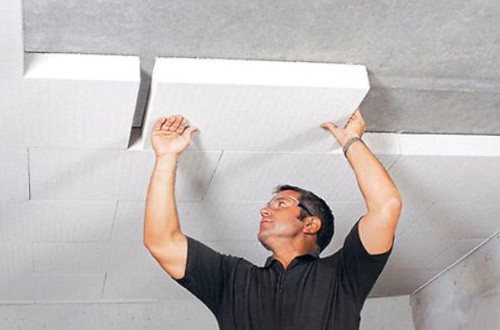

Concrete structures are strong and durable, but they have high thermal conductivity. For the insulation of concrete structures, expanded polystyrene sheets are widely used. Low thermal conductivity, light weight, moisture and fire resistance of this material create high-quality insulation. Installation of expanded polystyrene without the construction of the lathing is a solution that reduces labor costs and saves time.
Proper preparation of the base for fixing the insulation will help save time and resources, as well as create a strong and safe structure.
How to glue extruded polystyrene foam, installation of plates
- Apply adhesive for extruded polystyrene foam plates with a notched trowel, the width of the teeth of which is 8 centimeters or more. Apply polyurethane adhesive for expanded polystyrene around the perimeter of each plate and in its middle. Ideally, the adhesive should cover at least 40% of the entire board and the thickness of the layer should be moderate.
- We apply the slab to the wall and give it the required position, taking into account the orientation and alteration of the seams. After the board is attached to the wall, we still have about 10 minutes for the glue to set.
- After the glue has set, we fix the PPU boards with dowels with a special “fungus” head. We drive in dowels from the center of the slabs to the edges or from the corner to the diagonally opposite corner - this will help to avoid stresses in the slab. Some people prefer to save money by knocking down the dowels at the junction of the plates.
- After the installation of the plates is over, we cover the entire surface of the plates with glue, into the layer of which we embed the reinforcing mesh with a roller.
- After the glue has dried, you can start finishing the surface - putty and covering the expanded polystyrene boards with a finishing material, such as paint or decorative plaster on expanded polystyrene.
A few important tips before starting installation
Preliminary preparation of the concrete base includes the following steps:
- clean the surface from any dirt;
- to embroider and plaster large defects in the base;
- prime the entire surface.
Each step of the pre-installation preparation step is essential to ensure optimal adhesion, regardless of the method of fixing the polystyrene.
The choice of a method for fixing polystyrene foam sheets on concrete involves an analysis of the state of the surface. Methods also differ in the speed of work and the amount of required costs.
Bonding polystyrene foam
Cold concrete walls are strong but cannot keep the room warm. To eliminate this disadvantage, wall insulation technology is used.
Styrofoam is considered a popular material for insulation. The ease of installation makes it attractive to use. The ability to fix polystyrene foam to concrete without the use of auxiliary fasteners, but only with the help of glue, significantly reduces the cost of work.
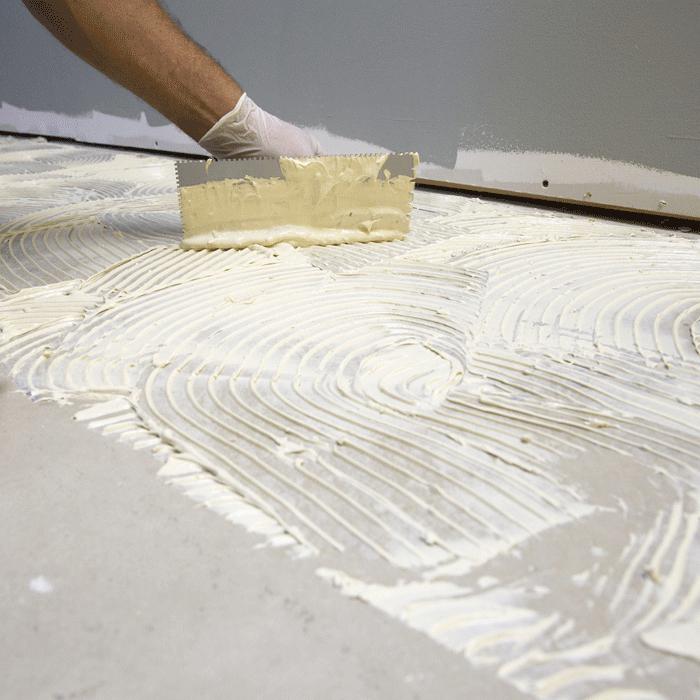

Two types of glue are used: specialized and universal. What to glue polystyrene foam to concrete depends mainly on the type and brand of insulation. Extruded polystyrene foam can only be glued with specialized glue. For other types, universal glue is perfect.
Choosing the right adhesive is very important. It is dangerous to experiment with the introduction of new ingredients or the use of a product of unknown origin.The chemical components of the glue can be aggressive towards polystyrene foam and will simply dissolve it.
Before starting work, the concrete surface is prepared: cleaned, plastered and primed.
Methods for attaching foam to concrete
Using dry mixes
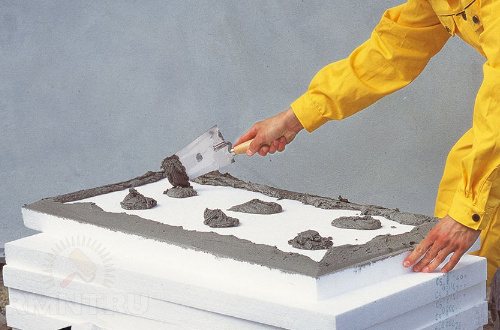

Dry building mixes are considered a practical choice when installing expanded polystyrene on a building facade, or on a large surface area inside a building. For outdoor use, cement-based compositions are used, and for internal works, gypsum-based compositions. The mixtures are supplied in paper bags; to prepare the solution, the powder is diluted with water in the proportions indicated in the instructions.
Advantages of bonding foam with dry mixes:
- durability and strength of adhesion to the base;
- moisture resistance and frost resistance;
- low cost;
- the possibility of adjusting the position of the sheet within 20 minutes after applying the adhesive;
- correction of small irregularities with an adhesive mixture.
Disadvantages of using dry mixes:
- impossibility of installation at temperatures below 0 С;
- ready-made glue must be used within two hours;
- the possibility of an error in proportions when mixing the adhesive mixture;
- the composition completely hardens within three days;
- additional tools are required (mixing container, drill with attachment, spatula for application).
Expanded polystyrene is not a hygroscopic material, so you need to make sure that the dry mixture is completely mixed and homogeneous. Free water in the mixture can cause the polystyrene board to soon pull away from the surface.
Depending on the quality of the substrate, you can use one of the methods for applying the adhesive mixture:
- Solid... Suitable for the most even surface, differences of no more than 3 mm are allowed. The glue is applied in an even layer over the entire sheet of insulation using a notched trowel, and then applied to the concrete base.
- Cavity... Allowed for bases with differences of no more than 5 mm. The glue is applied in a thin strip along the perimeter of the sheet, stepping back from the edge about two centimeters. Then it is also distributed in the center of the foam. This method will eliminate air congestion under the insulation.
- Beacon... They are used for unevenness of the base up to 15 mm. The glue is applied in discontinuous stripes around the perimeter of the sheet, leaving a gap of two centimeters. The height of the strip should also be two centimeters. The same "beacons" are placed in the center of the sheet.
Method number 1. Fastening with glue
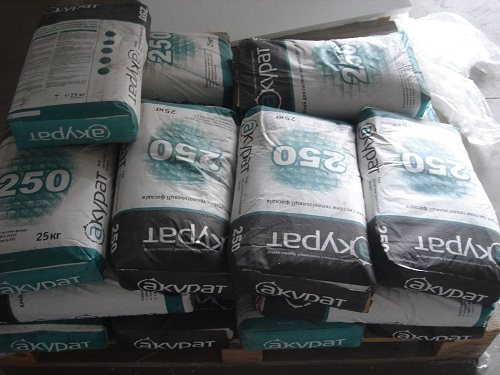

To carry out the work you will need:
- Foam adhesive.
- Primer solution.
- Cement mortar.
- A spatula, preferably a comb.
- Styrofoam.
- Electric drill, mixer attachment.
Before starting work, it is necessary to thoroughly clean the surface of the wall on which the foam will be glued. It is necessary to remove all dirt - dust, greasy spots, cut off strongly protruding bumps and small irregularities. If in some area the wall crumbles or a layer of concrete falls off, this area must be removed and the damaged area should be carefully primed. Cracks and deep depressions must be filled with cement mortar.
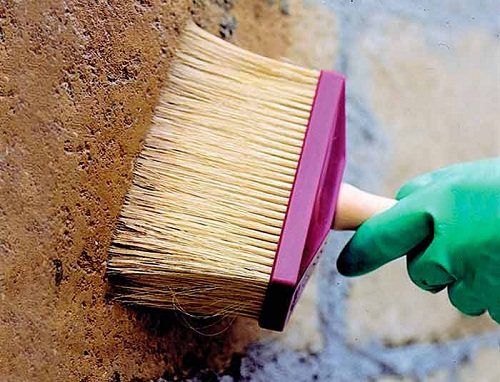

Foam adhesive is almost always sold as a dry mix. It must be diluted with warm water to the consistency of thick sour cream. In this case, the glue should not contain lumps. For this, it is best to use a drill with a special attachment, as we noted above. The ready-made glue mixture should be infused for about 5 hours, after which it is stirred again. After that, the glue must be completely consumed within 2 hours.
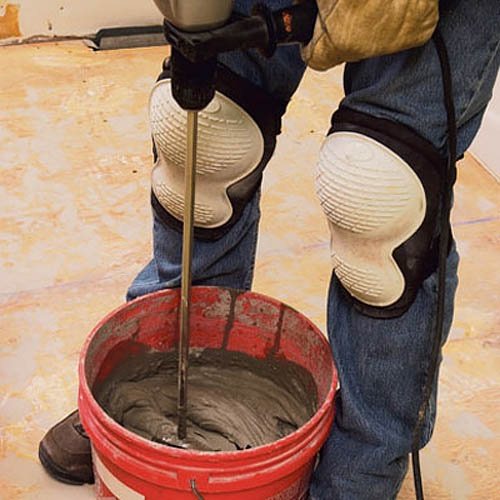

How to glue the styrofoam correctly? They do this in different ways, it all depends on how flat the surface of the wall is. So, if the wall has large small irregularities, up to five centimeters, then the glue is applied to the foam in strips. Thus, excess air will come out from under the foam plate.When there are irregularities on the wall up to one and a half centimeters, the glue is applied in a strip with an indent from the edge by about 2 centimeters. A certain amount of glue must be applied to the center of the sheet. The glue lines, as in the previous case, should have small breaks so that an air lock does not form.
When there are subtle irregularities on the wall, not exceeding 3 millimeters, the adhesive is applied with a notched trowel. After that, the plate is firmly pressed against the surface. Excess glue is carefully removed with a damp cloth.
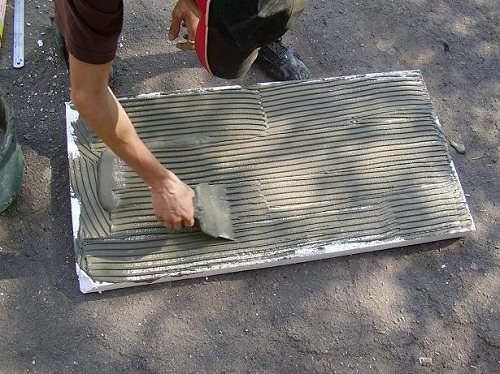

An important point: the foam absorbs moisture very poorly, so the glue should not contain water, otherwise the insulation will fall off the wall very soon.
How to glue foam to concrete
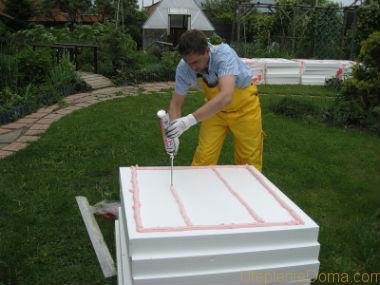

Foam glue is the most modern solution.
Usually, when they ask themselves how to glue the foam to concrete, we are talking about the insulation of walls or foundations, that is, any vertical structures. When laying polystyrene on a horizontal surface under the screed, the thermal insulation does not need to be fixed.
Options for how to glue foam to concrete:
- glue foam;
- dry mixes;
- liquid Nails.
Glue-foam is similar to regular polyurethane foam, this is where their similarity ends. This compound was specially developed for gluing polystyrene foam boards to any kind of surface. The expansion ratio of the foam is very low, so the thermal insulation hardly pushes out. Glue foam can also be used to fill seams. Available in 750 ml cylinders. TechnoNIKOL costs 300 rubles, Cerezit - 600 rubles. The balloon is enough for 10 square meters.
All-purpose construction adhesive is also suitable for the installation of polystyrene foam. It comes in the form of a powder in bags. 25 kg costs about 550 rubles. To prepare the composition for work, you just need to add water to it and mix thoroughly. Consumption 4.5-5 kg per 1 sq. M.
Almost everything can be glued with liquid nails, foam is no exception. Often used only in small areas. Let's say you need to glue a sheet of polystyrene, and there is nothing but liquid nails at hand. A tube of the Moment 400 grams costs 200 rubles.
During the season, you will spend less money on heating a cottage with gas than on heating with any other type of energy source.
Read about how to make cheap heating of a private house with your own hands in this article.
Surface preparation
If the insulation of the walls outside will be done independently, and non-combustible extruded polystyrene foam becomes the main consumable material, follow the following procedure:
- We remove the elements protruding from the wall (fastenings of old drainpipes, etc.).
- We remove the old coating - first of all, paint or other decorative coating (about the plaster below), otherwise the installation of the boards will end with the fact that they fall off along with the old coating.
- Before gluing the PPP with our own hands to concrete or brick, we assess the condition of the plaster: if the plaster is of high quality, without significant defects, then, in principle, PPU can be fixed on top of it. Otherwise, it is better to clean the walls "barely", but after that make sure that there are no level differences greater than 3-4 centimeters. All other defects will be corrected by glue for extruded polystyrene foam or foam.
How to glue styrofoam to concrete
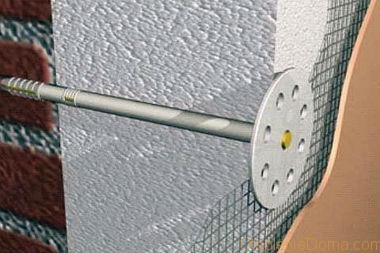

Any adhesive is best used in tandem with dowels and fungi.
Now let's look at the procedure itself, how to glue foam to concrete for each material separately. Let's start with foam glue - this is the most convenient adhesive. To apply it, you will need a gun for polyurethane foam.
A polyurethane two-component composition is applied to the thermal insulation, first along the perimeter, and then in parallel lines with a step of 20 cm. The diameter of the sausage should be no more than 3 cm. After that, the insulation should be pressed to the working surface and held for at least a few minutes. Then the seams are foamed. The film on the glue-foam is formed within 10 minutes, fully cured after 2 hours.You need to work at positive temperatures. If the foam is glued to the facade at a height above 2 floors, then it is imperative to additionally fasten the sheets with dowels.
Regardless of what you decide to glue the foam to the concrete on the ceiling or walls, the sheets of insulation must be additionally fastened with dowels with fungi.
The method of applying construction adhesive depends on the quality of the preparatory work. So, if the wall is even, then the composition is applied with a notched trowel. If the working surface is uneven, then the glue should be applied with cakes around the perimeter of the sheet. In this case, the height of the cake will be about three centimeters. Characteristics:
- suitability for work within 20 minutes after adding water;
- complete hardening in 7 days;
- installation at a temperature of 5-30 degrees;
- operating mode from -30 to +80.
Suitable for indoor and outdoor use. For insulation of walls and ceilings, it is ineffective without fungus dowels. It can be used as a finishing layer when insulating using the wet facade technique. In this case, it is necessary to do reinforcement with fiberglass mesh, otherwise the facade will crack.
Liquid nails are available in tubes and flasks. To work with flasks, you need a special pistol. Adhesives are available in white and gray. Freezes completely in 15 minutes. Hardened liquid nails can be painted with any paints.
A two-pipe sealed heating system of a one-story house can be vertical and horizontal. It is also possible to combine the two schemes.
Here you can find out what inverter heating of a private house is and how profitable it is.
Reply to the reader
Welcome, Peter, to the vastness of our site! You are right, indeed foam will corrode if you use acetone-based formulations, so do not use them in any case. Now we will name the 3 most common ways to solve your problem. But first…
Concrete surface preparation
Regardless of what type of glue you use, the surface must be properly prepared in order to obtain a reliable connection.
The procedure will not take much of your time, but it must be done.
- First of all, take a hard spatula and go over the entire surface of the ceiling, removing small debris and possible growths from it. If there are hardened pieces of concrete, then the help of a hammer drill may be required. All protruding metal parts are cut off with a grinder.
- Brush the ceiling and prime it thoroughly - preferably in two layers.
- After the primer has dried, seal the joints between the concrete slabs with gypsum or cement plaster. A variant with polyurethane foam is possible, the main thing is to ensure insulation from drafts and prevent large irregularities (excess foam is cut off with a sharp knife).
- Apply primer separately to dry plaster.
Everything! The ceiling is ready for further work.
Dry mixes
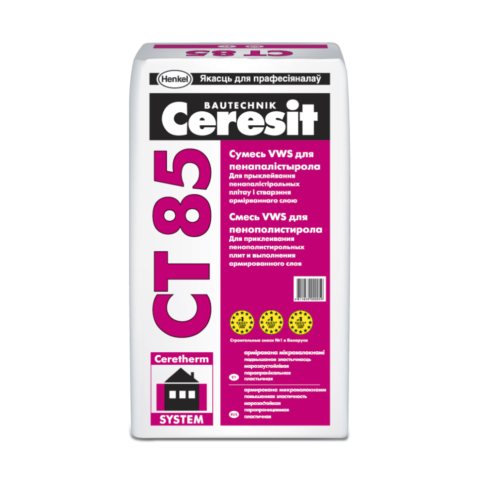

The first way to glue foam to concrete, which we will consider, is to use a dry cement-based mixture.
The composition of such adhesives includes special polymers that provide reliable adhesion between these materials. Before use, the mixture is diluted with water in proportions, which are indicated by the instructions for use from the label.
What is so remarkable about this method?
- The cement glue has a long service life;
- Foam concrete is set quite reliably;
- The hardened composition will be resistant to temperature extremes and possible humidity in the room;
- During installation, you can adjust the position of the foam boards within a few minutes, which is very convenient;
- The price of such a solution will be low, which means it will be beneficial for the consumer.
The cons are insignificant, but they are worth knowing.
- Do not perform work at negative temperatures;
- It is necessary to carefully monitor the consistency of the glue - the ease of application and the quality of the adhesion depend on it.
- Complete drying will occur only after three days.
A similar method is used, mainly if the ceiling has some irregularities, and, depending on their size, three methods of applying the adhesive mixture are used:
- If the differences do not exceed 3 mm, then the continuous application method is suitable. It involves spreading the mixture with a comb-spatula. Having received a uniform layer over the entire surface of the foam plate, we raise it to the ceiling and press it tightly. The force should be enough to squeeze out the glue a little, but be careful not to push the foam itself. Press down evenly over the entire surface of the slab
- The second method, cavity, is used if the concrete surface has irregularities of 3 to 5 mm. The glue is applied in strips, stepping back from the edges by 1.5-2 centimeters - first along the perimeter, leaving small gaps, and then inside. Passes are needed so that an air lock does not appear under the foam.
- The last method is called beacon and is used if the differences reach 15 millimeters. The glue is applied in strips of 5 centimeters wide and 2 centimeters high. There should also be passes.
If you have a lot more drops, then it is best to pre-level the surface or place the insulation in the frame.
Foam sticker
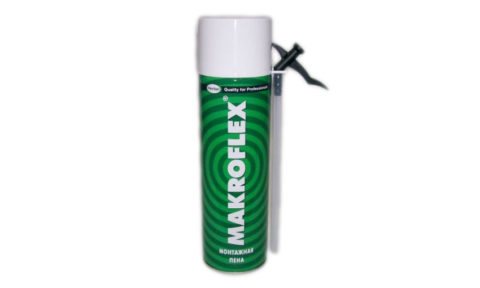

How to attach polystyrene to concrete, if the surface has drops, we figured it out. Now let's look at cases of installation on evenly laid slabs or correctly leveled surfaces. The first thing that builders use is polyurethane foam. Working with it is extremely simple, and the result is very high quality.
The foam is supplied in aerosol cans. To use, you need to have a special gun and a cleaner for it, which, by the way, should not get on the foam, as it will instantly corrode it.
Here's how to use it.
- Remove the protective cap from the can and screw it onto the gun;
- Shake the bottle;
- In the working position, it should be upside down;
- Use the foam as directed, then twist the can and install the cleaner in its place and blow out the tool.
Foam is applied to the foam in strips around the perimeter and in the center, but already in a zigzag manner, and not very greasy. The foam is then pressed against the concrete and pressed in sliding circular motions to prevent secondary expansion of the foam from dropping it below the planned level.
Advice! Use only professional foam (without your own gun, as in the photo above). It has low secondary expansion and a much higher yield, at almost the same price.
This solution has the following advantages:
- No smell;
- Excellent grip;
- Resistant to frost and moisture;
- Ability to work at subzero temperatures;
- Ease of installation;
- The foam is suitable for both outdoor and indoor use;
- Lack of toxic fumes;
- It is applied only on a flat surface;
- The foam is afraid of ultraviolet radiation, but hidden by the ceiling, she will not see it;
- The cost of such a solution is higher than that described earlier.
Liquid Nails
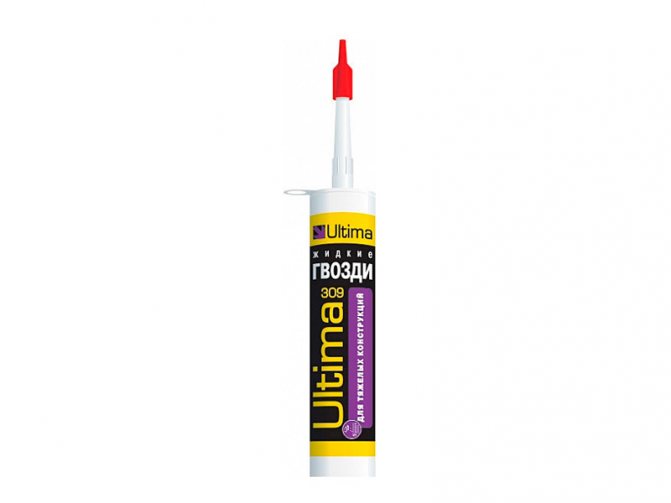

Last on our list will be liquid nail glue. To work with it, you also need a gun, but without a cleaner. It is quite easy to work with them, but you will also need an even base.
What is so remarkable about this method?
- Very strong adhesion;
- Excellent heat and moisture resistance;
- Fast drying and instant adhesion - complete hardening occurs in one day;
- The glue is quite economical.
Of the shortcomings, it can be noted, perhaps, the high price.

